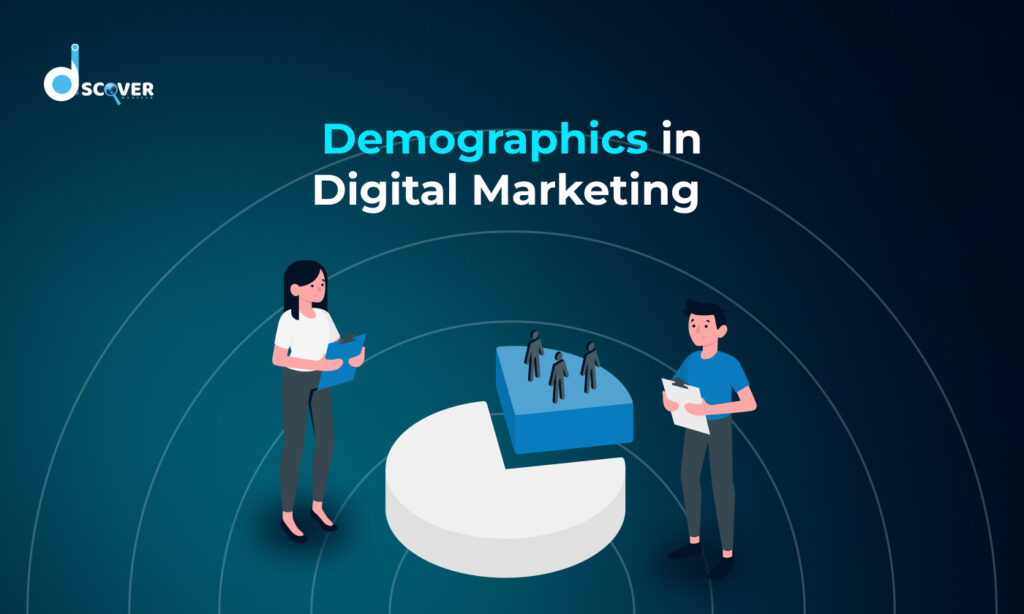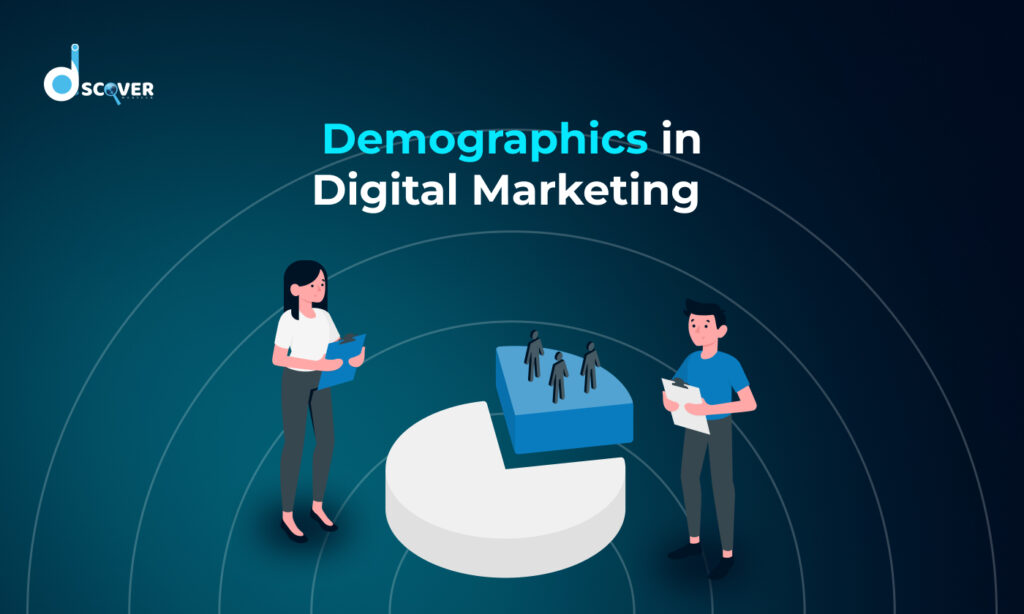
In digital marketing, understanding your audience is the key to success. One of the most important factors that shape marketing strategies is demographics. Demographics include age, gender, location, income, education, occupation, and interests—all of which help businesses target the right people with the right message.
When businesses use demographic data correctly, they can:
- Reach the right audience
- Improve engagement (likes, comments, and shares)
- Increase sales and customer trust
- Reduce wasted ad spend
- Build long-term relationships with customers
In this blog, we will explore how demographics impact digital marketing strategies, why they matter, and how businesses can use demographic data to make better marketing decisions.
What Are Demographics in Digital Marketing?
Demographics are the characteristics of a group of people that influence their behavior, needs, and preferences. These include:
Age
Different age groups have different interests and ways of consuming content.
- Gen Z (13-25 years old) prefers short videos, interactive content, and memes.
- Millennials (26-40 years old) prefer a mix of short-form and long-form content like blogs, YouTube videos, and social media.
- Gen X (41-56 years old) and Baby Boomers (57+ years old) prefer detailed blogs, email newsletters, and informational videos.
Gender
Men and women may have different buying preferences, which can influence the type of content and ads businesses use. However, gender-neutral marketing is becoming more common to appeal to a broader audience.
Location
A person’s location affects their preferences due to culture, climate, and availability of products. For example:
- People in urban areas may prefer digital products, fashion, and fast food.
- People in rural areas may look for agricultural products and essential goods.
Income Level
- High-income customers are more likely to buy luxury goods, premium services, and branded items.
- Middle-income customers look for affordable but high-quality products.
- Low-income customers prefer budget-friendly, value-for-money products.
Education Level
People with higher education often look for detailed and informative content before making a purchase, while others may prefer simpler and more visual content like infographics and videos.
Occupation
A customer’s job influences their interests and needs.
- Students prefer educational products, budget-friendly items, and entertainment.
- Professionals are interested in career growth, business tools, and personal development.
- Retirees may look for health-related products, travel services, and leisure activities.
By studying these factors, businesses can create personalized marketing strategies that truly connect with their audience.
How Demographics Impact Different Areas of Digital Marketing
Content Marketing
Different groups prefer different types of content.
- Gen Z and Millennials engage more with short-form content like Instagram Reels, TikTok videos, and memes.
- Older audiences prefer detailed blog posts, email newsletters, and long-form YouTube videos.
A beauty brand targeting Gen Z should focus on TikTok tutorials, while one targeting older women should create skincare blogs and YouTube guides.
Social Media Marketing
Each demographic prefers different platforms:
- Gen Z is active on TikTok, Snapchat, and Instagram.
- Millennials use Instagram, Facebook, LinkedIn, and YouTube.
- Gen X and Baby Boomers prefer Facebook, LinkedIn, and YouTube.
A B2B company targeting professionals should focus on LinkedIn, while a fashion brand for young people should use Instagram and TikTok.
Email Marketing
Email marketing should be personalized based on demographics.
- Younger audiences prefer short, visually appealing emails with discounts and quick links.
- Older audiences like detailed newsletters with valuable insights and blog recommendations.
A tech company selling gadgets to young professionals should send short, engaging emails, while a financial services company targeting older investors should use informative newsletters.
SEO (Search Engine Optimization)
Search behavior differs by age and education level.
- Young people use voice search and casual language (e.g., “best budget phone under $500”).
- Older users prefer structured searches (e.g., “top smartphones for professionals in 2025”).
Businesses should use demographic-based keyword research to attract the right audience.
PPC Advertising (Google Ads, Facebook Ads)
Paid ads can be highly targeted using demographic filters.
- Location targeting helps businesses show ads only to people in a certain city or country.
- Age and gender targeting customizes ads based on user age and gender.
- Income targeting promotes budget or luxury products based on income levels.
A luxury watch brand should target high-income customers, while a budget phone brand should focus on middle-income buyers.
E-Commerce & Product Recommendations
E-commerce platforms use demographics to personalize recommendations.
- Teenagers see trendy, budget-friendly items.
- High-income professionals get luxury product suggestions.
A fitness brand may suggest affordable gym equipment to students but recommend high-end workout machines to professionals.
How Businesses Can Use Demographic Data
Conduct Audience Research
Use Google Analytics, Facebook Insights, and surveys to understand your customers.
Use Data Analytics Tools
Platforms like Google Ads, Meta Ads, and LinkedIn Insights help in demographic targeting.
Segment Your Audience
Group people based on their age, interests, and behavior for personalized marketing.
A/B Testing
Test different strategies for different demographics to find what works best.
Stay Updated with Trends
Customer behavior changes over time, so update your marketing strategies regularly.
Final Thoughts
Demographics play a major role in digital marketing success. Businesses that understand their audience’s age, gender, location, income, and interests can create highly targeted and effective marketing campaigns.
From content marketing and social media to SEO and PPC advertising, demographics help businesses reach the right people, increase engagement, and boost sales.
By using demographic data smartly, businesses can outperform competitors and build long-term customer relationships, ultimately establishing themselves as a digital marketing expert in their industry.
Check out our latest blog on-”What is Deepseek”
FAQs
Why are demographics important in digital marketing?
Demographics help businesses understand their audience, create targeted marketing strategies, and improve engagement and sales.
How does age affect digital marketing strategies?
Different age groups prefer different content types and platforms, so businesses must tailor their marketing accordingly.
Which demographic factors are most important for marketing?
Key factors include age, gender, location, income, education, and interests, as they influence customer preferences and behavior.
How can businesses collect demographic data?
Businesses can use Google Analytics, social media insights, surveys, and customer feedback to gather demographic information.
Which social media platforms are best for different demographics?
Gen Z prefers TikTok and Instagram, Millennials use Facebook and LinkedIn, while older audiences engage more on Facebook and YouTube.
How can demographics improve ad targeting?
By using demographic filters in PPC ads, businesses can show ads to the right people, reducing wasted spending and increasing conversions.



